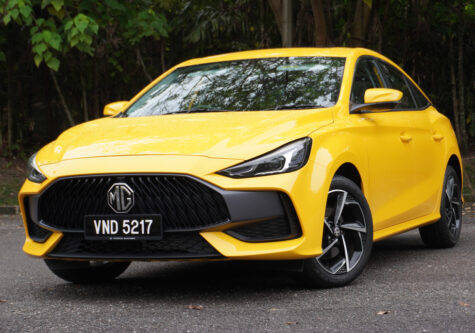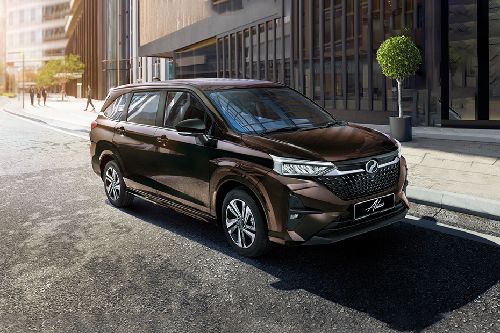How electric car works

Electric cars are the future of mobility. They are a unique, zero-tailpipe emissions alternative to conventional gas-powered vehicles. Car enthusiasts also get the perks like instant acceleration and a smoother and quieter ride by opting for an electric car. If you are also excited to own an electric car and curious about its working, here we explain how do an electric works?
The system of the electric car is simpler and more efficient than the internal combustion engine available in most cars. To understand this system, one needs to understand the working of its key components, which include electric motor, battery, charge port, inverter, controller, traction battery pack, and transmission. Let’s know them one by one, starting with the charging port.

Change port: The charging port of the electric car connects it to an external power source, which is called EVSE (electric vehicle supply equipment) or charging station. The port draws electricity from EVSE and keeps it in a battery pack.
Inverter: The system of electric car also has an inverter whose main function is to change the battery pack’s flow of electrons from higher-voltage DC (Direct Current) into AC (Alternating Current), which is then used to power the electric traction motor.

Controller: As the electric car may not require immediate torque, the controller is there to regulate the flow of AC power from the battery to the motor. It calculates the normal usage as per the available battery charge and transfers power accordingly. It also controls the power supply of the various driving modes available in the electric vehicle.
Battery pack: The main function of the traction battery pack is to store energy collected from the power source during charging. The accumulated energy is then used to power the electric motor and other electrical components of the vehicle. Just like a fuel tank, the capacity of the battery pack is limited, which is expressed in kilowatt-hours (kWh). Most of the commonly used battery pack ranges between 40- or 50-kWh packs. Here the obvious rule is that the bigger batteries allow a vehicle to go farther, but it also costs more.

If we talk about the type of battery, different available options are Lithium-ion, Lead Acid, and Nickel Metal Hydride. However, almost all the present electric cars use lithium-ion batteries as they have one of the highest energy densities of any battery available. These also generate larger currents and need little maintenance in comparison to other varieties.
Electric traction motor: The electric traction motor receives power from the battery that makes an electric car move. All electric motors are fundamentally AC nowadays. When AC electrons reach the motor, they generate a rotating magnetic field, which causes the motor to turn. Two motors can be used in the system i.e. one on each axle of the car to provide a four-wheel drive.
Transmission: It transmits mechanical energy from the electric motor to the wheels.
The whole process of the electric car system flows in the following manner -
- When you press the pedal of the car, the controller takes and regulates electrical energy from the battery pack and inverter
- Then with the controller set, the inverter sends electrical energy to the motor, The amount of energy being transferred depends on the depth of pressure on the pedal
- The electric motor receives the electrical energy and converts it into mechanical energy
- The mechanical energy then rotates the transmission which turns the wheels and the car moves
- When you press the brakes, the motor becomes an alternator and generates power, which is then sent back to the battery pack

The above working principle is for pure electric vehicles, also known as BEV. Other types of EVs include HEV (Hybrid electric vehicles) and PHEV (plug-in hybrid vehicles). HEVs mainly run on fuel (petrol or diesel) but also have an electric battery, which gets charging through regenerative braking while PHEVs mainly run on electricity but they also utilize a conventional fuel engine if they run out of charge.
To learn more about electric vehicles, stay tuned to Zigwheels Malaysia.
Also read: 7 Advantages of buying an electric car
Sell your car at the best price
 Verified and genuine buyers
Verified and genuine buyers
Trending & Fresh Updates
- Latest
- Popular
You might also be interested in
- News
- Featured Stories
Featured Cars
- Latest
- Upcoming
- Popular
Latest Car Videos on Zigwheels



















































